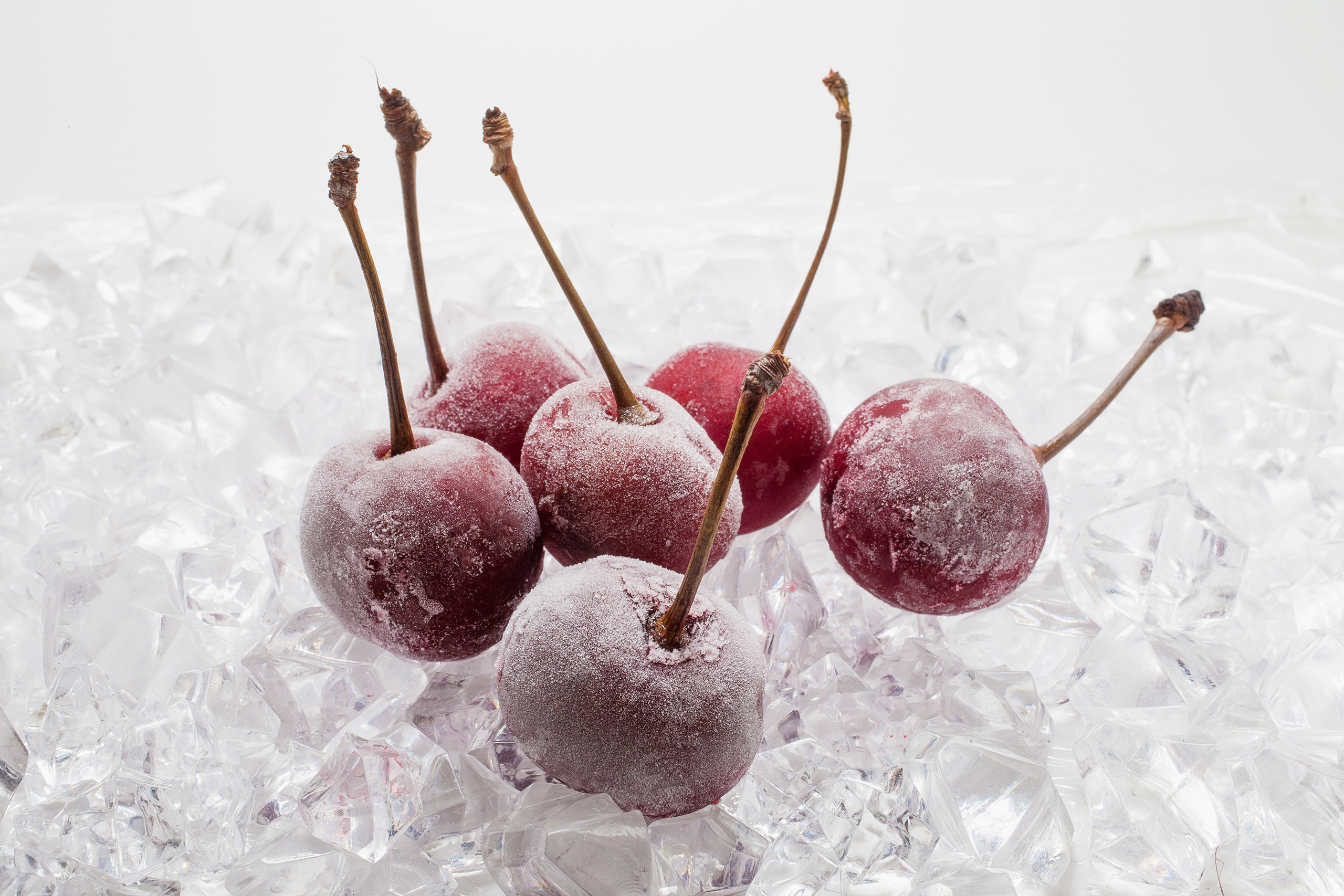Quick freezing is a low-temperature preservation method for rapid freezing. The so-called quick-frozen fruits and vegetables are to use a form of fast freezing to freeze the processed fruit and vegetable raw materials and then store them at a low temperature of -18°C ~ -20°C for later use. Quick-freezing preservation is an ideal method in the current fruit and vegetable processing and preservation technology that can preserve the fruits and vegetables’ original flavour and nutritional components to the greatest extent. the
Maximum ice crystal formation area
When most foods drop from -1°C to -5°C, nearly 80% of the water can freeze into ice, and this temperature range is called the “maximum ice crystal formation zone”.

“Three separations and one gap” is the key to storage and preservation
“Three distances and one gap”. “Three distances” refers to the distance from the wall, the ground, and the ceiling. “One gap” means that there must be a particular gap between the stacks and the stacks.
Respiratory jumps (and their effects)
Refers to the sudden increase in the respiration rate of some fleshy fruits during the period between the cessation of growth and the beginning of senescence. Apples, bananas, tomatoes, avocados, mangoes, etc., all have them, so they are called leap-changing fruits. For tropical and subtropical fruits such as avocados and mangoes, the respiration at the peak of the jump is 35 times that of before the leap.
For temperate fruits such as apples and pears, it is only about 1 time. Citrus and lemon do not show a significant increase in respiration rate, so they are called non-climax fruits. Different climactic fruits have different intervals and degrees of respiratory rise after picking.
There is also a sharp increase in the formation of ethylene (the hormone that promotes fruit ripening) inside the fruit at or before emergence. Usually associated with the development of the fruit to an edible state. To meet the needs of commodities, ethephon (ethylene release agent) can be used to promote its arrival in advance.
The fruit can also be treated with conditions such as low temperature, high carbon dioxide concentration, and low oxygen concentration to weaken respiration and delay ethylene production, thereby prolonging the storage time of the fruit.



